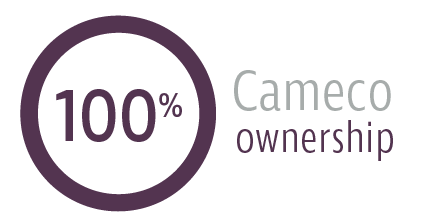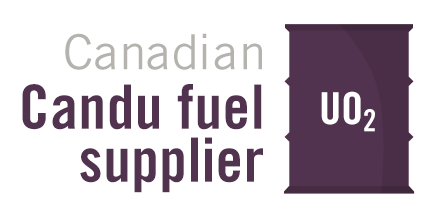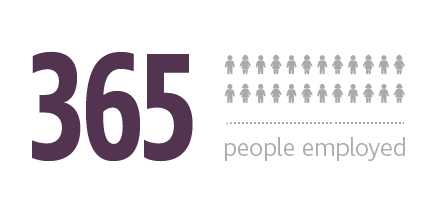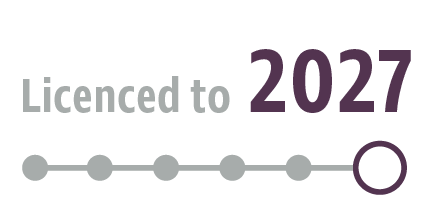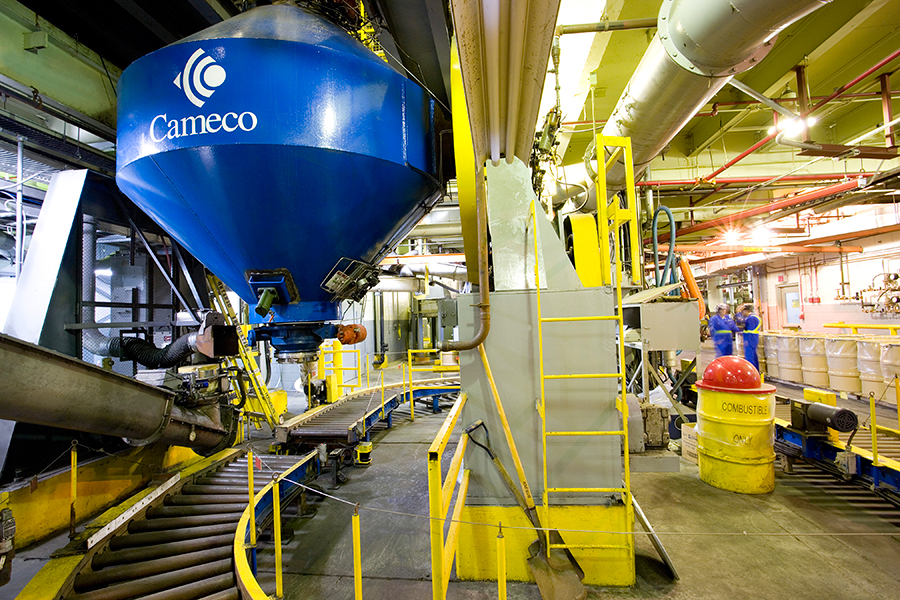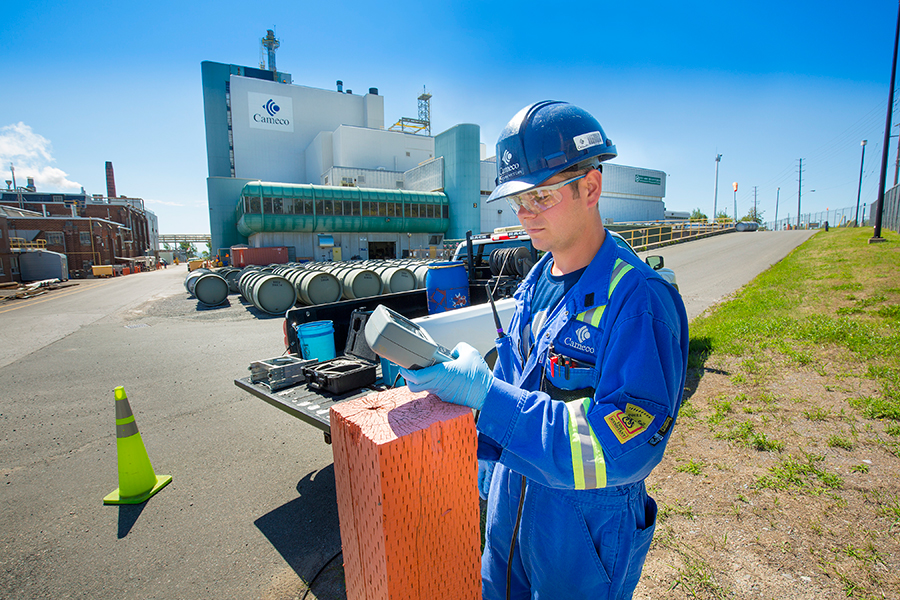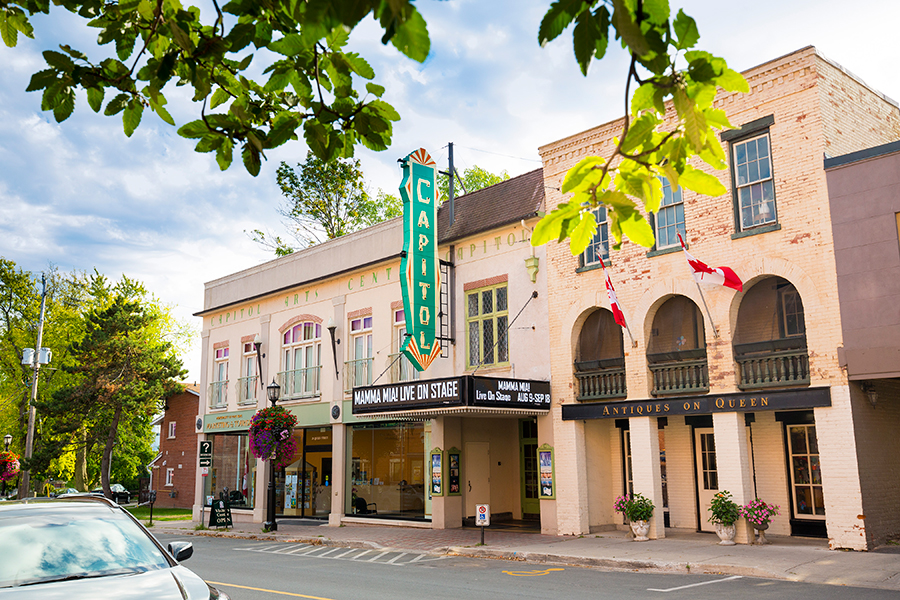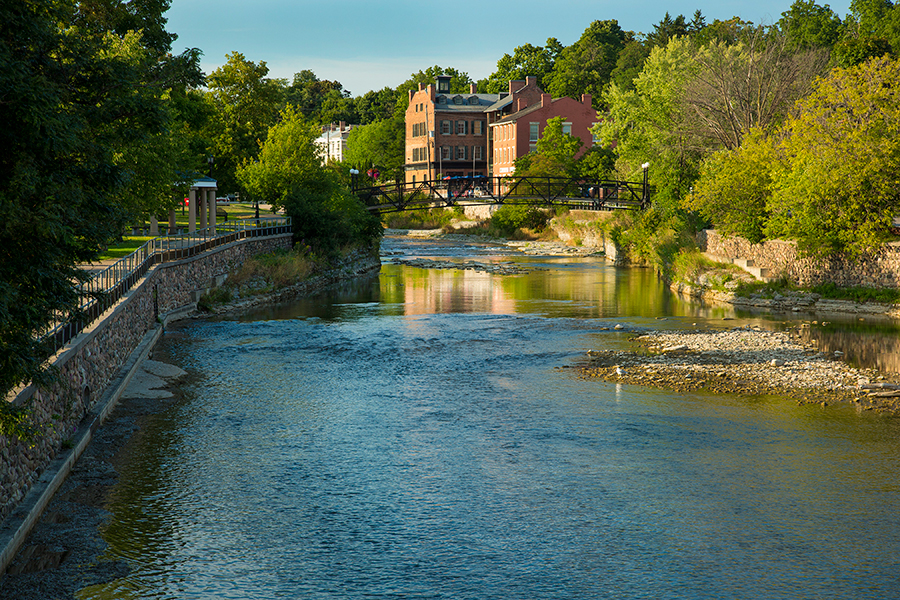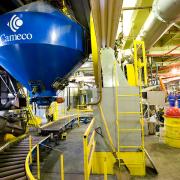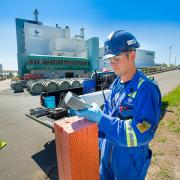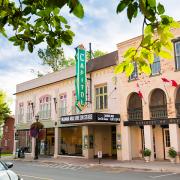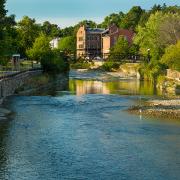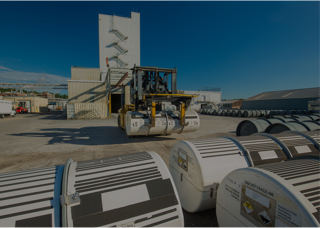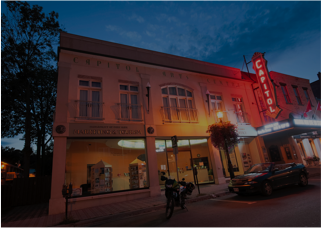Port Hope Conversion Facility
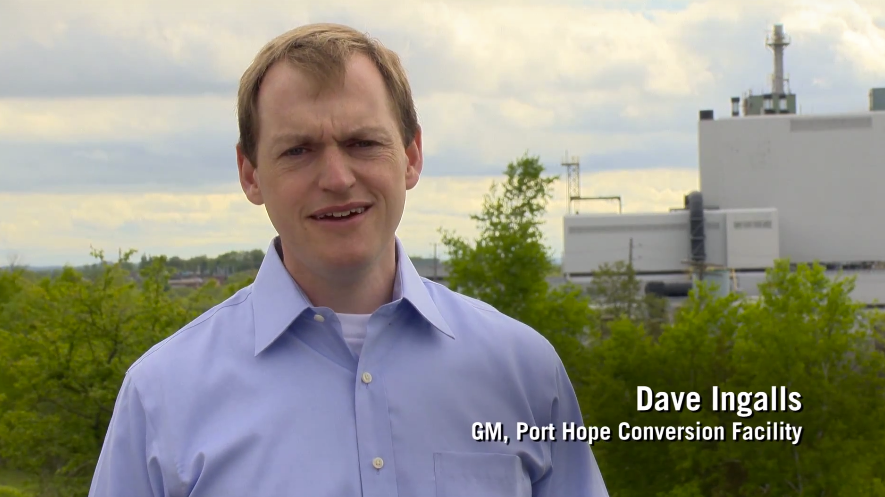
Dave Ingalls, general manager of Cameco's Port Hope Conversion Facility provides an overview of this operation.
Cameco's Port Hope Conversion Facility is one of only four uranium conversion facilities in the western world.
Processing nuclear material began at this site in the 1930's, some thirty years before Canada's first nuclear power station became operational. In the 1940's, the facility was a key contributor to the scientific research leading to the very first controlled nuclear fission reaction at the University of Chicago in 1942.
Today, the facility converts purified uranium trioxide (UO3) from our Blind River Refinery to either uranium dioxide (UO2) or to uranium hexafluoride (UF6). The UO2 moves through the fuel cycle to Cameco's fuel manufacturing arm, where fuel bundles for CANDU heavy water nuclear reactors are produced. The UF6 moves on to enrichment facilities for further processing into fuel for light water nuclear reactors.
Land Acknowledgement
We respectfully acknowledge that Cameco’s facilities in Cobourg and Port Hope, are in the traditional territory of the Michi Saagiig and Chippewa Nations, collectively known as the Williams Treaties First Nations, which include: Curve Lake, Hiawatha, Alderville, Scugog Island, Rama, Beausoleil, and Georgina Island First Nations.
Cameco respectfully acknowledges that the Williams Treaties First Nations are the stewards and caretakers of these beautiful lands and waters in perpetuity, and we are grateful that they continue to maintain this responsibility to ensure the health and integrity for generations to come.
We offer this acknowledgement to reaffirm our commitment and responsibility in building meaningful relationships and to improving our own understanding of local Indigenous peoples and their cultures.
Public Information
As part of our commitment to providing timely and relevant information about our operations to interested stakeholders, Cameco has developed a formal public disclosure protocol for its Ontario operations. It outlines how we communicate to local and other stakeholders. You can find our most recent public disclosures here.
